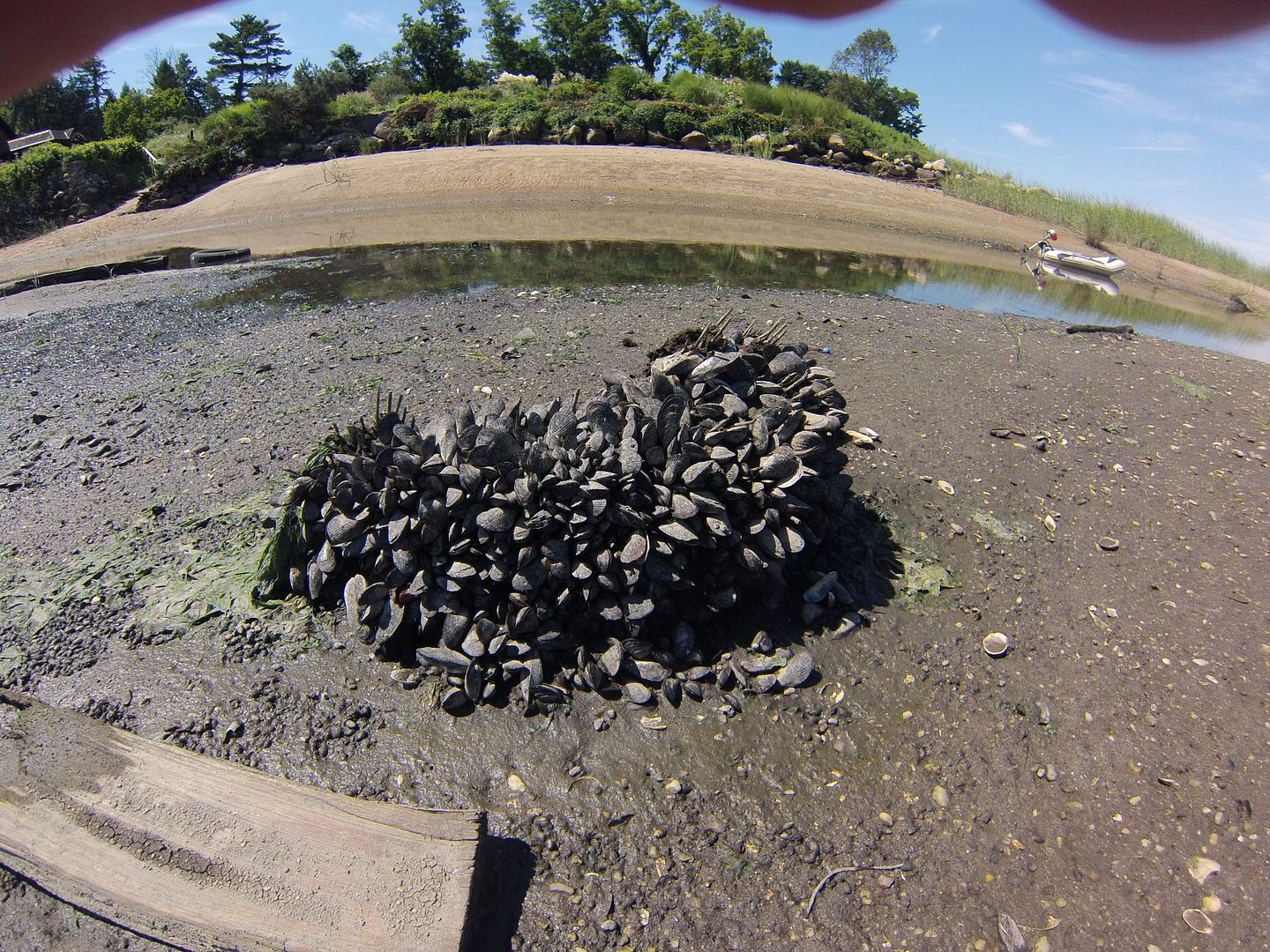We know that the sales machine behind bottle bacteria needs a counter balance. let's discuss here specific times we would not click buy, times we wouldnt add oxygen-competing bulk organisms to a reef tank.
1. anytime you are dealing with display tank rocks that are cycled
All common cycling arrangements in reefing complete by day thirty, its a firm undebatable rule purposefully downplayed by the sales machine and replaced with a form of recurring doubt about what water bacteria do in water.
You dont have room for more cycling bac beyond day thirty until new calcareous growths expand the surface are for more attachment real estate.
Read this direct example of using aged rocks and not adding bottled bacteria:

 www.reef2reef.com
www.reef2reef.com
the sales machine depends on us not factoring surface area moreso than bacteria where filtration is intended to occur. Refreshment dosing of cycling bacteria is a waste of money.
2. anytime you are dealing with substrate (including live rocks) that arrives wet from another source, don't add bottle bac meant for dry rock cycling.
3. During any power outage. The #1 time to not add cycling bac is during a power outage= oxygen competing organisms.
4. after any form of tank cleaning. you arent harming your tank's biofilter in your cleaning, google "reef tank rip clean" and see how rough that looks - no bottle bac allowed in those. Backflushing a big filter at a dolphin exhibit dislodges waste and re exposed the filtration as high open surface area; deep cleaning a reef is backflushing it. Bottle bac isn’t needed after a cleaning.
5. If you want to increase filtration carry capacity in your reef tank, you do not add bottle bac (see rule 1)
you add more surface area. This hobby needs to worry about surface area, not bac, but then again you can't bottle and sell surface area as well as designing it inherently into the reef setup (live rocks)
6. as any form of refreshment, these bacteria are certain to be overtaken shortly after addition into your tank. Aquabiomics DNA testing specifically found that initial cycling strains aren't present in the system to any substantial degree after a couple years in their review posts, pull the threads and check the patterns reported.
7. ?
1. anytime you are dealing with display tank rocks that are cycled
All common cycling arrangements in reefing complete by day thirty, its a firm undebatable rule purposefully downplayed by the sales machine and replaced with a form of recurring doubt about what water bacteria do in water.
You dont have room for more cycling bac beyond day thirty until new calcareous growths expand the surface are for more attachment real estate.
Read this direct example of using aged rocks and not adding bottled bacteria:

A week without power - Recoverable?
So, tank went without power for a week following hurricane Ida. There was no flow(obviously) and temps hit 85-86 during the day. I came back to the city to rescue my 2 clowns who are currently living in a 5 gallon bucket with a bubbler. Basically my question is: what are my options from here...
 www.reef2reef.com
www.reef2reef.com
the sales machine depends on us not factoring surface area moreso than bacteria where filtration is intended to occur. Refreshment dosing of cycling bacteria is a waste of money.
2. anytime you are dealing with substrate (including live rocks) that arrives wet from another source, don't add bottle bac meant for dry rock cycling.
3. During any power outage. The #1 time to not add cycling bac is during a power outage= oxygen competing organisms.
4. after any form of tank cleaning. you arent harming your tank's biofilter in your cleaning, google "reef tank rip clean" and see how rough that looks - no bottle bac allowed in those. Backflushing a big filter at a dolphin exhibit dislodges waste and re exposed the filtration as high open surface area; deep cleaning a reef is backflushing it. Bottle bac isn’t needed after a cleaning.
5. If you want to increase filtration carry capacity in your reef tank, you do not add bottle bac (see rule 1)
you add more surface area. This hobby needs to worry about surface area, not bac, but then again you can't bottle and sell surface area as well as designing it inherently into the reef setup (live rocks)
6. as any form of refreshment, these bacteria are certain to be overtaken shortly after addition into your tank. Aquabiomics DNA testing specifically found that initial cycling strains aren't present in the system to any substantial degree after a couple years in their review posts, pull the threads and check the patterns reported.
7. ?
Last edited:

















